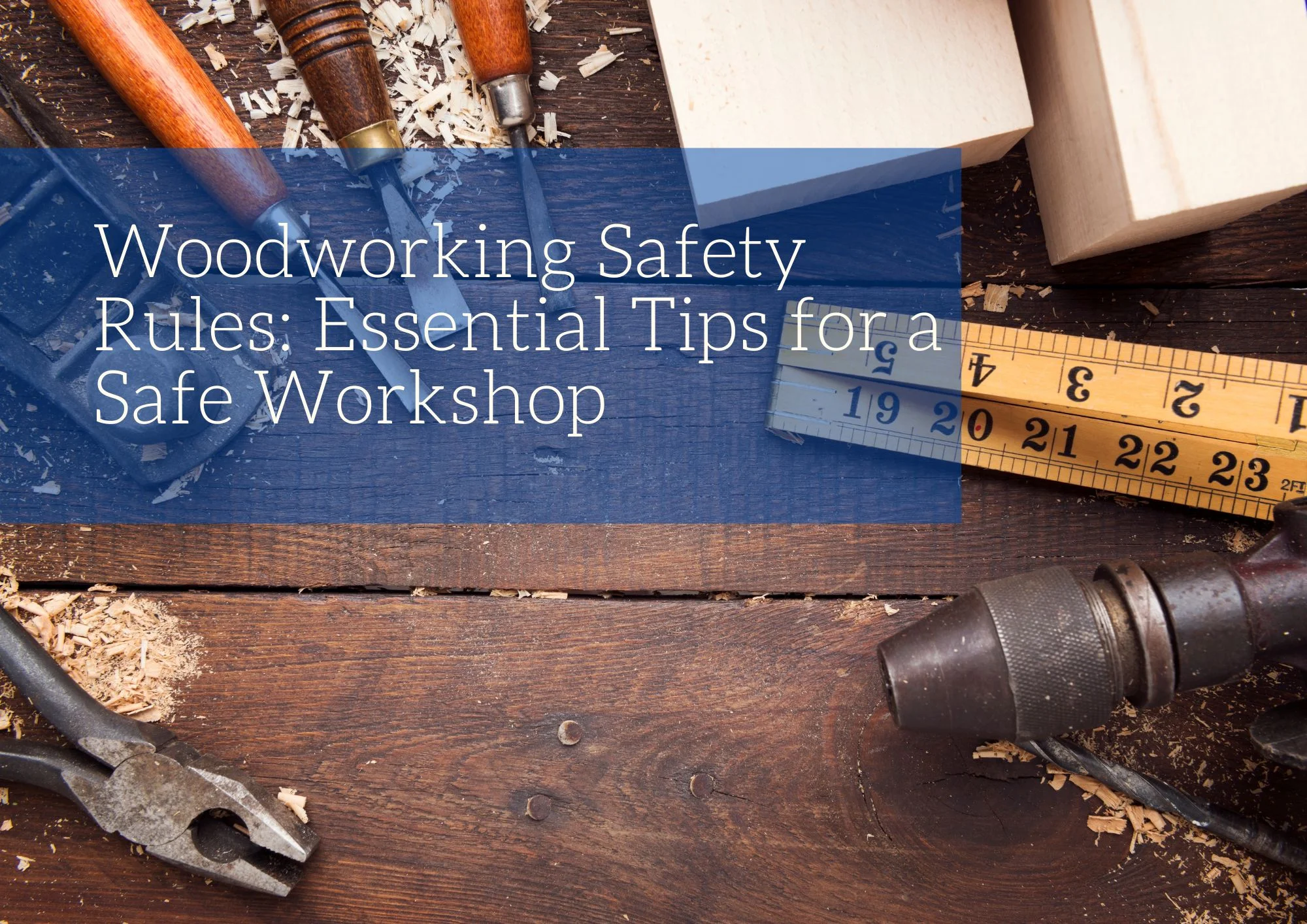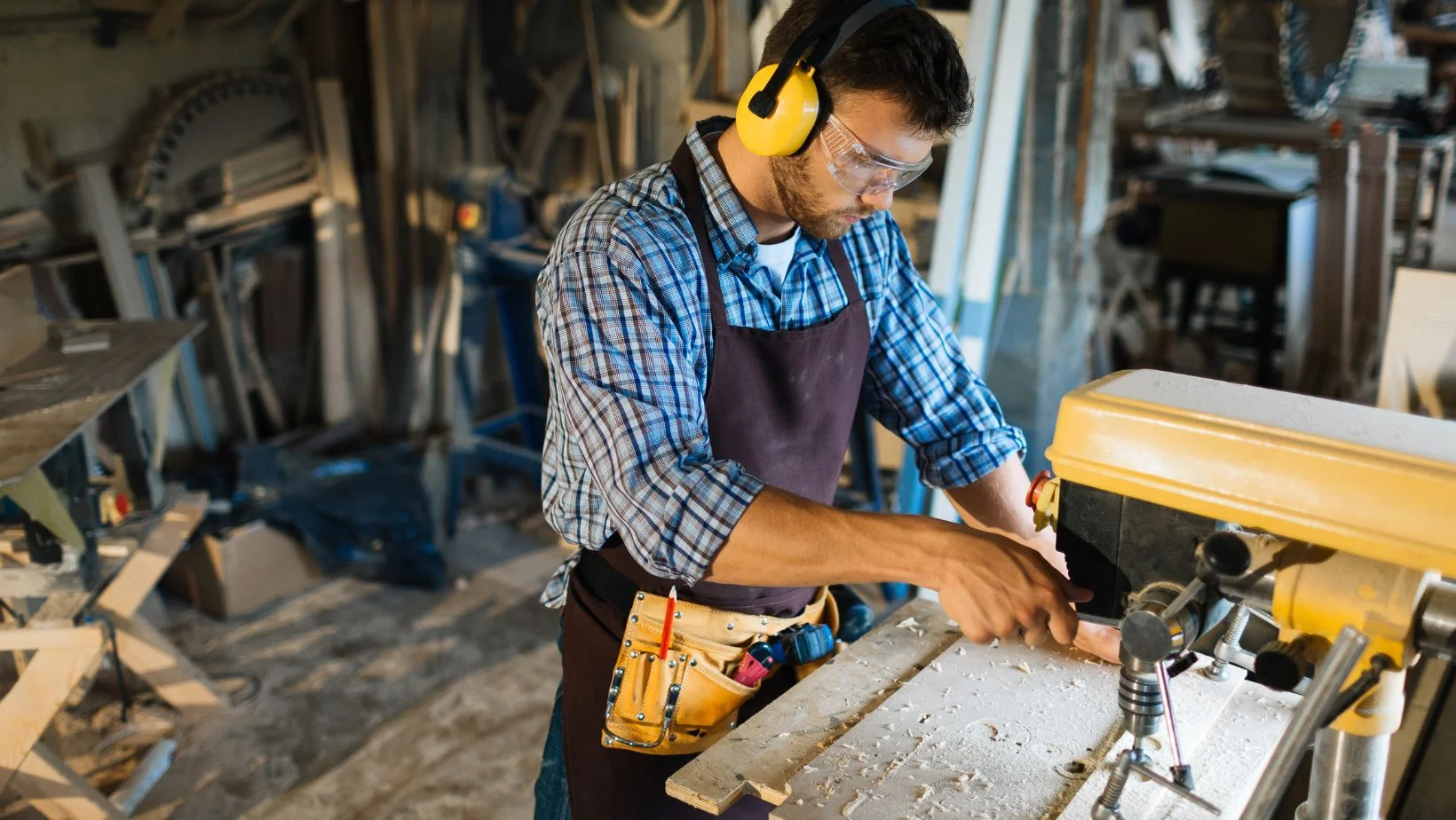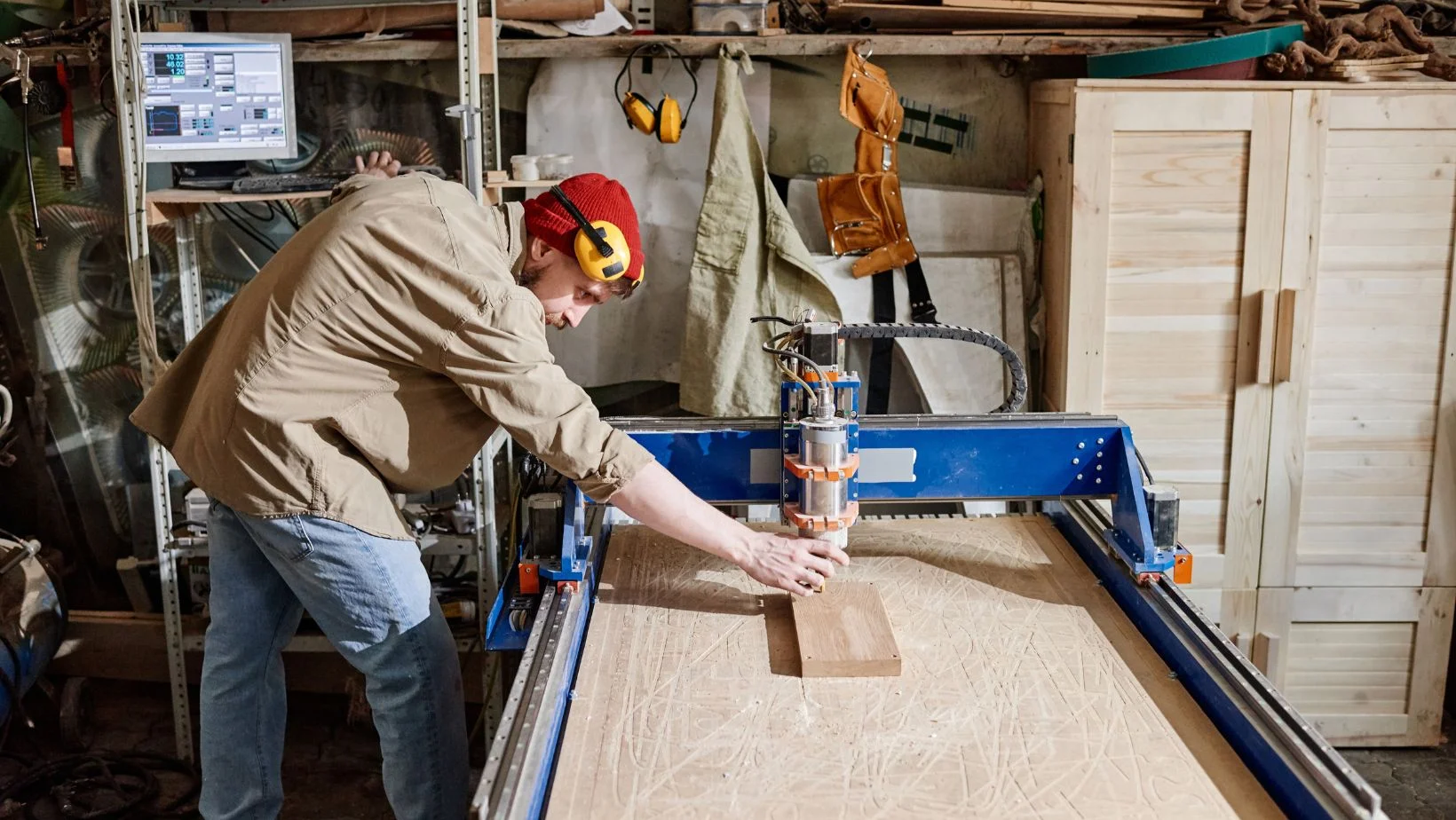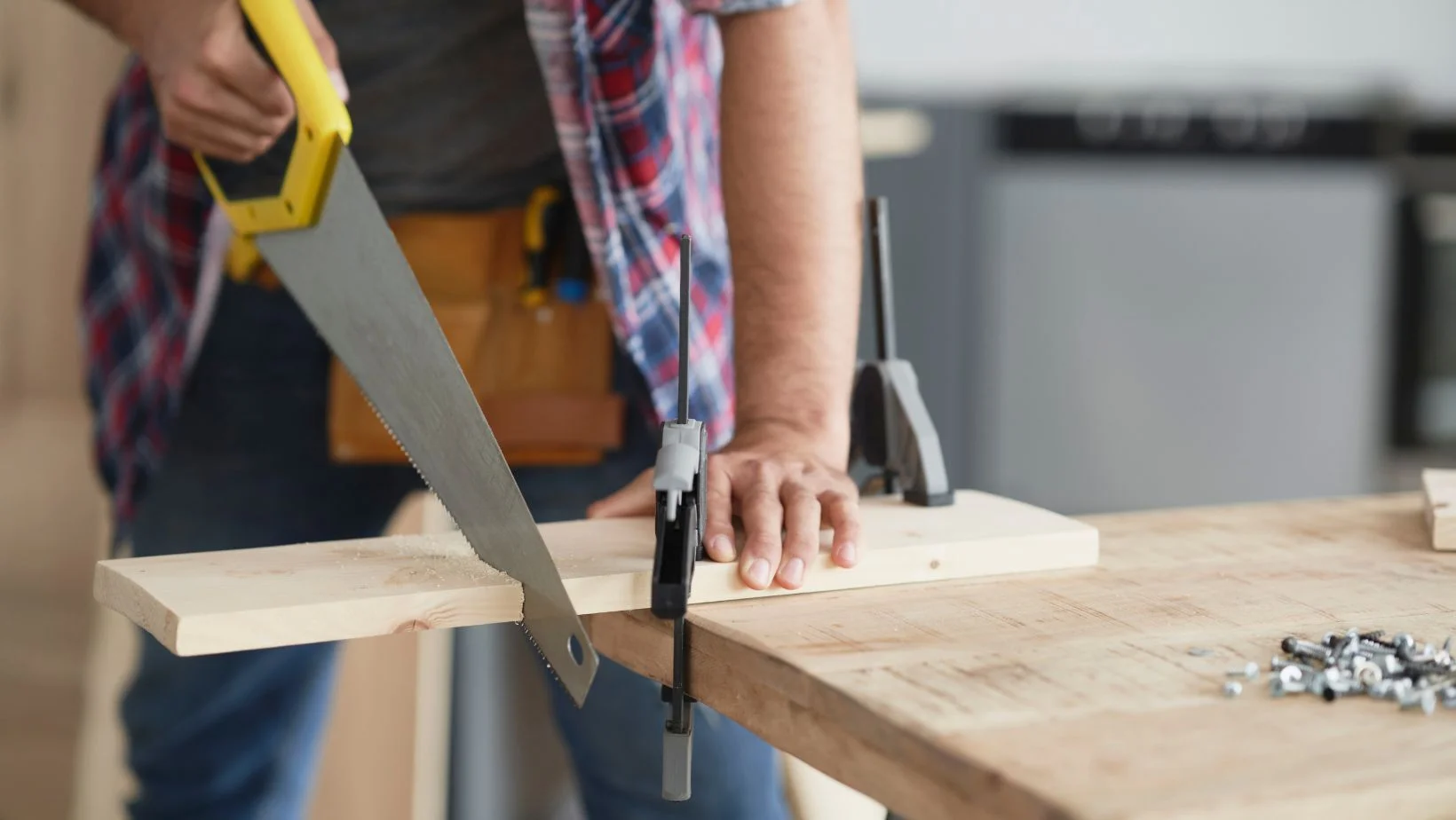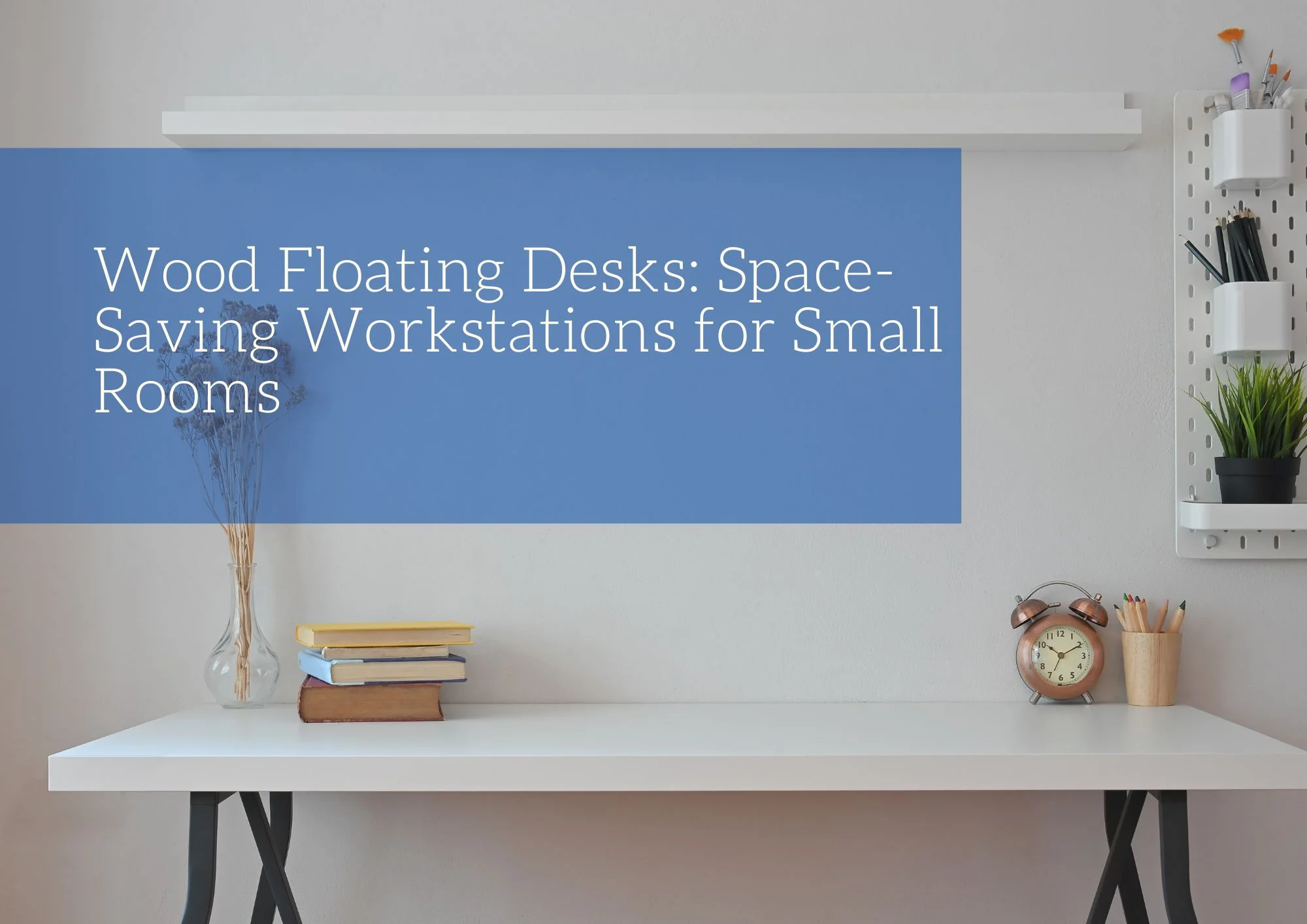Woodworking is a rewarding and creative craft, but it comes with its own set of risks. To ensure a safe and enjoyable experience in your workshop, it’s crucial to follow key safety considerations. Whether you’re a seasoned woodworker or just starting out, staying safe at the forefront of your practice will help prevent accidents and ensure your projects are completed efficiently. Here are some woodwork safety rules and tips.
Wear Appropriate Personal Protective Equipment (PPE)
Always equip yourself with the proper PPE before starting any woodworking project. This includes safety goggles to protect your eyes from flying debris, hearing protection to safeguard against loud machinery, and dust masks to prevent the inhalation of harmful sawdust. Additionally, wear snug-fitting clothes and avoid jewelry that could get caught in machinery.
Have First Aid Supplies on Hand
Accidents can happen despite the best precautions. Keep a well-stocked first aid kit readily available in your workshop, and familiarize yourself with basic first aid procedures. Knowing how to respond quickly and effectively to minor injuries can make a significant difference to the gravity of the situation.
Avoid Distractions and Stay Focused
Woodworking requires concentration and focus. Avoid working while distracted or fatigued, as this can lead to mistakes and accidents. Make sure you are well-rested and attentive to the task at hand. If you need to leave the workshop, turn off and unplug the machinery to prevent accidental startup.
Follow Electrical Safety Guidelines
Electrical safety is critical in a workshop setting. Ensure that all electrical tools and equipment are properly grounded and in good working condition. Avoid using damaged cords or tools with exposed wires, and never operate electrical equipment in wet conditions. Always unplug tools when changing blades or performing maintenance.
Inspect Tools Before Use
Before starting any project, inspect your tools and machinery for signs of wear or damage. Ensure that blades are sharp and properly aligned, and check that all parts are securely attached. Regular maintenance and timely repairs are crucial for safe operation.
Wearing the Right Clothing
Proper attire is a crucial aspect of woodworking safety, even if it’s not the first thing you think of. Loose-fitting clothing is particularly hazardous, as it can easily get caught in spinning saw blades or cutter heads. Instead, opt for clothing that is both snug and comfortable, providing protection against flying wood chips while keeping you safe from potential hazards in the workshop.
Maintain a Clean and Organized Workspace
A cluttered workshop can lead to accidents and injuries. Keep your workspace clean and organized by regularly sweeping up sawdust, properly storing tools, and ensuring that walkways are clear of obstacles. This not only reduces risk of injury but also boosts efficiency and productivity.
Keep Your Blades and Bits Sharp
Just like a dull kitchen knife, dull woodworking blades and bits can be more dangerous than sharp ones. When a blade isn’t sharp, both the tool and the woodworker must exert more effort to complete the task, increasing the risk of kickback or binding. Ensuring your blades and bits are professionally sharpened not only enhances safety but also provides the cleanest cut possible. This is a crucial safety measure that many novice woodworkers tend to overlook.
Woodworking is a fulfilling and enjoyable hobby, but safety must always come first. By adhering to these essential woodwork safety rules, you can create a safer workshop environment and reduce the risk of accidents. Remember, a productive woodworker is a safe woodworker, so prioritize safety in every project and enjoy the process of crafting with confidence.


